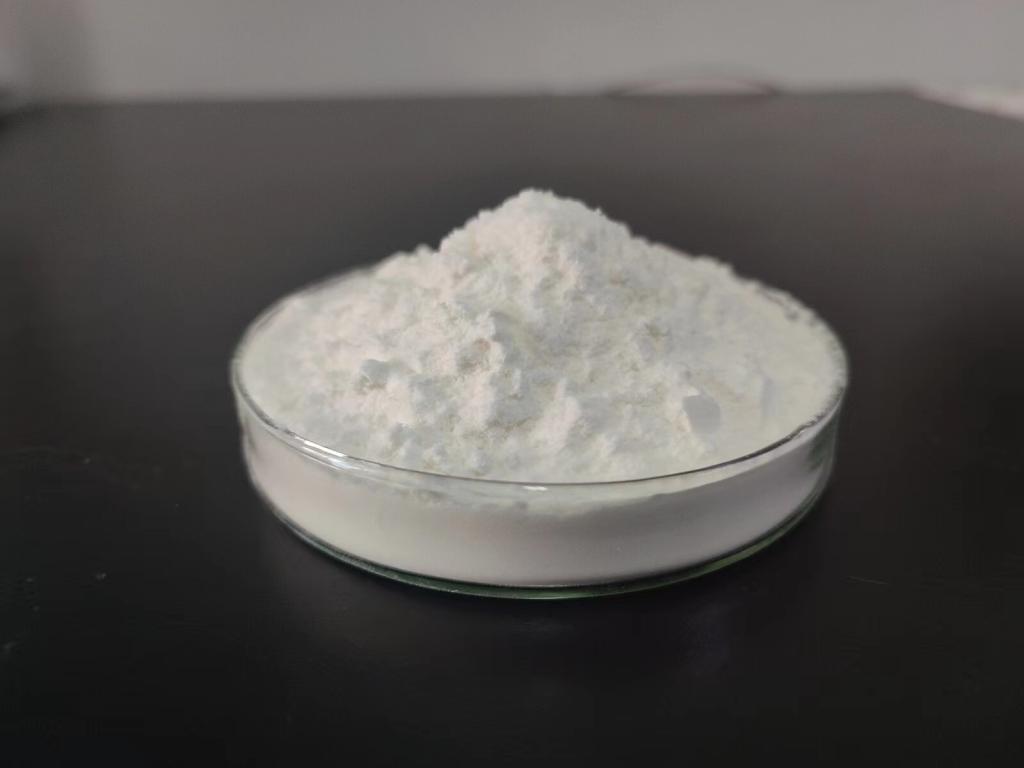Tel:+8618231198596

News
 CONTACT
CONTACT
 CONTACT
CONTACT
- Linkman:Linda Yao
- Tel: +8618231198596
- Email:linda.yao@dcpharma.cn
- Linkman:CHARLES.WANG
- Department:Overseas
- Tel: 0086 0311-85537378 0086 0311-85539701
News
Current Position:
Home >
News
>ε-Polylysine Hydrochloride's Potential in Novel Nutraceutical and Functional Foods.
ε-Polylysine Hydrochloride's Potential in Novel Nutraceutical and Functional Foods.
TIME:2023-09-08
Section 1: Understanding ε-Polylysine Hydrochloride
1.1 What is ε-Polylysine Hydrochloride?
ε-Polylysine hydrochloride, commonly referred to as ε-Polylysine, is a naturally occurring biopolymer composed of multiple L-lysine units linked together by peptide bonds. It is produced by the bacterium Streptomyces albulus during fermentation. Traditionally known for its antimicrobial properties, ε-Polylysine has now found its way into the nutraceutical and functional food industry due to its versatile nature.
1.2 Key Properties of ε-Polylysine Hydrochloride
ε-Polylysine hydrochloride possesses several properties that make it an attractive ingredient in nutraceutical and functional foods:
Antimicrobial Activity: ε-Polylysine exhibits strong antimicrobial activity against a wide range of microorganisms, including bacteria, yeasts, and molds. This property is crucial for preserving the freshness and safety of food products.
Natural Origin: As consumer preferences lean toward natural and clean-label ingredients, ε-Polylysine's origin from fermentation aligns with these demands.
Low Toxicity: ε-Polylysine has a low toxicity profile and is considered safe for consumption when used within regulatory guidelines.
Section 2: Mechanisms of Action
2.1 Antimicrobial Mechanisms
ε-Polylysine hydrochloride exerts its antimicrobial effects through multiple mechanisms:
Cell Membrane Disruption: ε-Polylysine disrupts the cell membranes of microorganisms, leading to the leakage of intracellular components and eventual cell death.
Inhibition of Enzymes: ε-Polylysine can inhibit microbial enzymes, interfering with their ability to function effectively.
DNA and RNA Binding: ε-Polylysine interacts with microbial DNA and RNA, disrupting essential genetic processes.
2.2 Health Benefits
Recent research suggests that ε-Polylysine may offer health benefits when consumed in functional foods. These potential benefits include:
Antioxidant Properties: ε-Polylysine may possess antioxidant activity, which could help combat oxidative stress in the body.
Immunomodulatory Effects: Preliminary studies indicate that ε-Polylysine may modulate the immune system, potentially enhancing immune responses.
Anti-Inflammatory Properties: ε-Polylysine may exhibit anti-inflammatory effects, which could have implications for managing chronic inflammatory conditions.
Section 3: Applications in Nutraceutical and Functional Foods
3.1 Fortified Beverages
Probiotic Drinks: ε-Polylysine can enhance the stability and shelf life of probiotic beverages by inhibiting the growth of spoilage microorganisms.
Antioxidant Beverages: Its potential antioxidant properties make ε-Polylysine a valuable addition to functional beverages targeting health-conscious consumers.
3.2 Functional Snacks
Protein Bars: ε-Polylysine can be incorporated into protein bars to extend their shelf life and offer potential health benefits.
Snack Foods: It can inhibit the growth of spoilage microorganisms in snack products, ensuring longer product freshness.
3.3 Dairy and Dairy Alternatives
Yogurt: ε-Polylysine can be used in yogurt to control spoilage and enhance product shelf life.
Plant-Based Dairy Alternatives: It is adaptable for use in plant-based dairy alternatives, providing microbial control and potential health benefits.
3.4 Baked Goods
Bread and Pastries: ε-Polylysine can prevent mold growth in baked goods, extending their shelf life and potentially contributing to antioxidant properties.
3.5 Dietary Supplements
Antioxidant Supplements: Given its potential antioxidant activity, ε-Polylysine can be formulated into dietary supplements targeting overall health and well-being.
Section 4: Challenges and Considerations
4.1 Regulatory Compliance
The use of ε-Polylysine hydrochloride in food products is subject to regulatory approval in different regions. Manufacturers must ensure compliance with local and international food safety regulations.
4.2 Formulation and Stability
Optimizing the stability of ε-Polylysine in various formulations is essential to maintain its effectiveness over the product's shelf life.
4.3 Consumer Education
Consumer education is crucial to inform individuals about ε-Polylysine's safety and potential health benefits in nutraceutical and functional foods. Clear labeling and transparent communication are vital in building consumer trust.
Section 5: Future Prospects and Conclusion
ε-Polylysine hydrochloride's potential in novel nutraceutical and functional foods is an exciting area of research and development. As consumers increasingly seek functional foods that offer both health benefits and natural ingredients, ε-Polylysine's role in the industry is likely to expand.
Future research may focus on:
Optimizing Formulations: Developing ε-Polylysine-containing formulations that maximize its stability, bioavailability, and potential health benefits.
Clinical Studies: Conducting well-designed clinical trials to further explore ε-Polylysine's health-promoting properties.
In conclusion, ε-Polylysine hydrochloride's versatility, antimicrobial properties, and potential health benefits position it as a valuable asset in the nutraceutical and functional food industry. With continued research and innovation, ε-Polylysine is poised to contribute significantly to the development of functional foods that promote health and well-being while meeting consumer demands for natural and clean-label ingredients.
- Tel:+8618231198596
- Whatsapp:18231198596
- Chat With Skype







